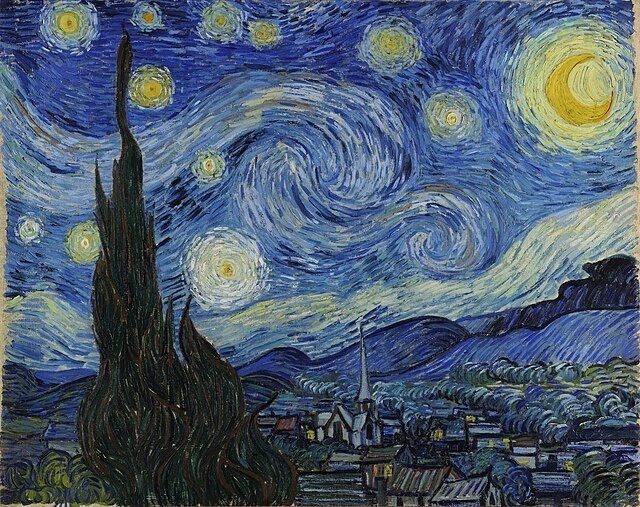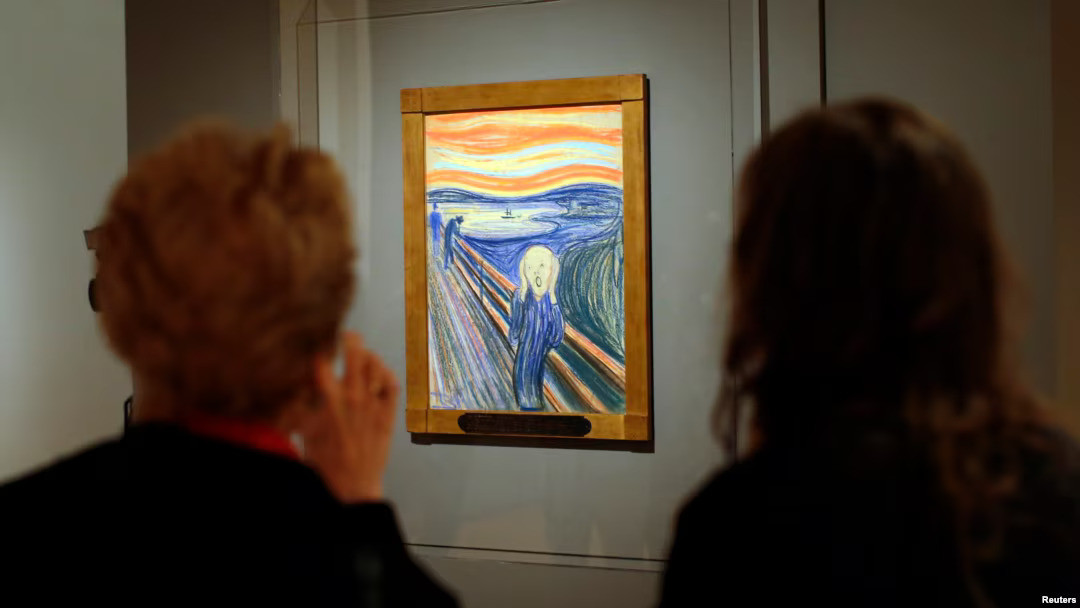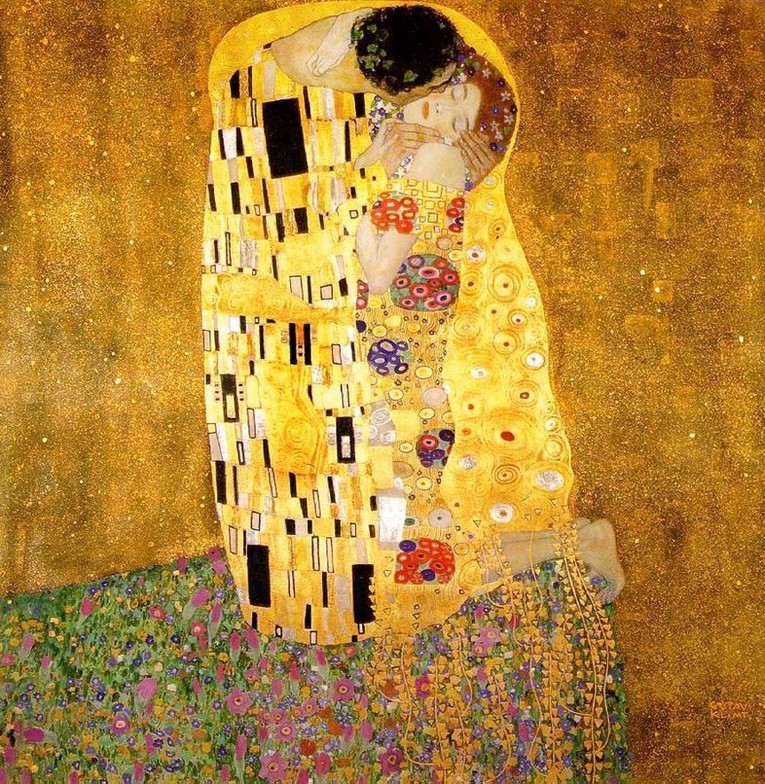Art as a Window into the Soul
Art has always been more than just colors on a canvas—it’s a reflection of emotion, history, and personal struggle. Some of the most famous paintings in the world hold deeper meanings, revealing the inner world of the artists who created them. Let’s dive into a few pieces that tell powerful, hidden stories.
1. Vincent van Gogh – The Starry Night

“Our hands full of color, reaching towards the sky - a brush stroke in the dark, it is not too late. That starry night - it is not yet dry.”
Van Gogh painted The Starry Night while living in an asylum in Saint-Rémy-de-Provence. Struggling with mental illness, he found solace in painting, using bold swirls and vibrant colors to convey movement and emotion. Many believe the painting reflects his longing for peace and stability, despite the turbulence in his mind.
Van Gogh’s struggles with depression and psychotic episodes left him feeling isolated, yet his art became his way of communicating with the world. The Starry Night can serve as a reminder that even in our darkest moments, creativity and expression can bring light and meaning.
2. Edvard Munch – The Scream

“A silent cry echoes through the void, where fear and beauty intertwine.”
This haunting image of a figure caught in a moment of existential dread has become one of the most recognized artworks in history. Munch described the inspiration for The Scream as a panic attack he experienced while walking with friends. The swirling sky and distorted figure embody anxiety, fear, and the fragility of the human experience.
Munch faced significant personal loss and battled anxiety throughout his life. His work speaks to the universal experience of fear and uncertainty, showing that even overwhelming emotions can be transformed into something meaningful. The Scream invites us to acknowledge our anxieties and find ways to express them.
3. Pablo Picasso – Guernica

“The opposite of war isn’t peace, it’s creation.”
A powerful anti-war statement, Guernica was Picasso’s response to the bombing of a small Spanish town during the Spanish Civil War. The chaotic composition, distorted figures, and monochromatic palette express the horror and devastation of war, making it one of the most impactful political artworks ever created.
Picasso was deeply affected by the brutality of war and used his art as a form of activism. Guernica is a reminder that art has the power to bear witness to injustice, provoke thought, and inspire change. It urges us to reflect on the consequences of violence and the importance of peace.
4. Gustav Klimt – The Kiss

“In the golden embrace of love, where do you end and I begin?”
While The Kiss appears to be a romantic embrace, many believe it also represents a moment of both passion and struggle. Klimt, known for his exploration of love and sensuality, may have been reflecting on the tension between desire and the fear of losing oneself in another person.
Klimt lived during a time of social change, and his art often challenged traditional views of love and intimacy. The Kiss invites us to consider the balance between closeness and individuality in relationships—how love can be both uplifting and consuming.
The Lasting Power of Art
These paintings are just a few examples of how art can be a powerful storyteller, revealing the depths of human emotion and experience. Whether inspired by pain, love, or social injustice, every brushstroke carries meaning. When we take the time to look beyond the surface, we discover stories that connect us across time and space.

Green Mountain Holistic Healing
Contact Me




